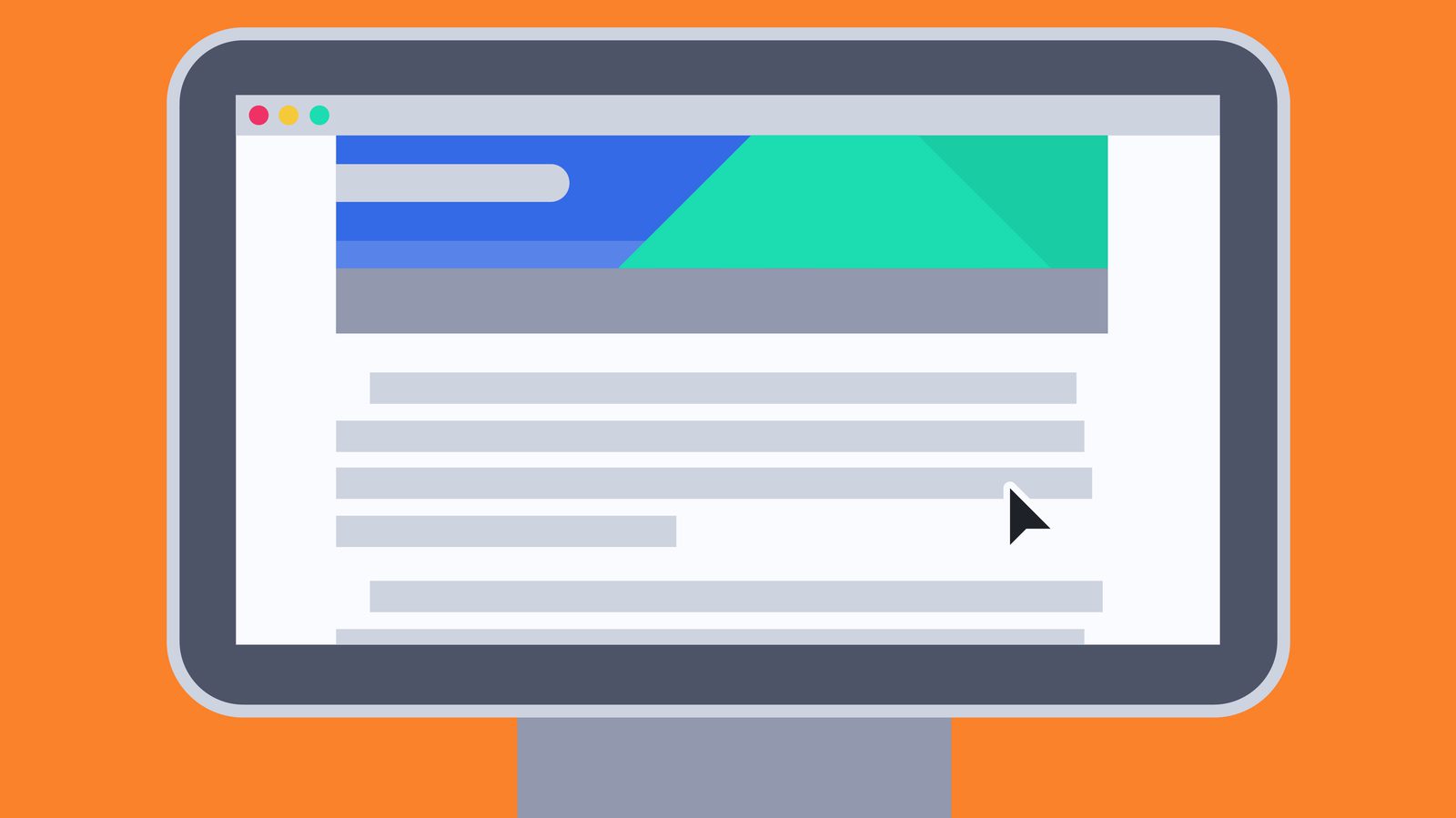- Get someone’s attention
- Pull the reader into your copy
- Promise a benefit
- Target a pain point
- Introduce your topic
- Include a keyword (if you’re doing SEO)
- SELL
“On the average, five times as many people read the headline as read the body copy. When you have written your headline, you have spent eighty cents out of your dollar.”
You’re about to learn how to write attention-grabbing headlines. More importantly, you’re about to learn how to do it quickly and without banging your head against a wall.In this post:- The 3 headline myths that hold you back from writing great copy
- A bucketful of headline examples from the best copywriters in history
- The 2 overlooked fundamentals that basically write your headlines for you
Headline myth 1: Headlines should be short
“Marketers have a tendency to try to abstract their messages to the point that everything can be said in two to six commonly used words, which somehow gives us the comforting sense that we’ve created a polished marketing message. As if that’s the goal. Let me leave you with this: polish doesn’t convert.” – Joanna Wiebe
There’s a persistent myth that “people don’t read on the internet.” It sticks around because it’s sort of true. Sort of.Research from Neilsen shows that you probably aren’t reading every word of copy on a web page. According to Neilsen, “people rarely read Web pages word by word; instead, they scan the page, picking out individual words and sentences.”Most people scan — and those scanners only read about 20% of the words on a given page.But the way they read those words is important. “Picking out individual words and sentences.” You can expect people to read full sentences of copy, and they’re most likely to read to the most prominent copy on the page.
Even people who “don’t read” will read your headline, because it’s the most visually prominent part of any message (Source: DesignersHumor)
“People don’t read,” but they do read your headline. You’re handicapping yourself if you write a short headline — because it means you have to cram waaaayyy too much info into 6 words.The best evidence that people will read headlines — even when they’re at their most distracted — is that posts with long headlines get the most shares and engagements on social media.
15-word headlines get the most engagement, according to a study of 100,000,000 headlines by BuzzSumo (Source: BuzzSumo)
Cognitive psychology research shows that reading has a high degree of “automaticity,” a word that has a really specific meaning to psychologists. For reading, it means:- A person reads without being aware that they are reading
- Reading happens spontaneously – you don’t decide to read a word
- Reading takes few cognitive resources (not effortful)
- You can’t intentionally “forget” how to read
Headline myth 2: Headlines need to sell
“Your headline can perform four different tasks: 1. Get attention. 2. Select the audience. 3. Deliver a complete message. 4. Draw the reader into the body copy.” – Robert Bly, The Copywriter’s Handbook
There’s a long list of things your headline “can” accomplish. There’s only one thing you “need” your headline to accomplish.Get people to keep reading.Some of the most famous, attention-grabbing headlines of all time break the “rules” — but that’s ok, because they follow the most important rule. Get people to keep reading.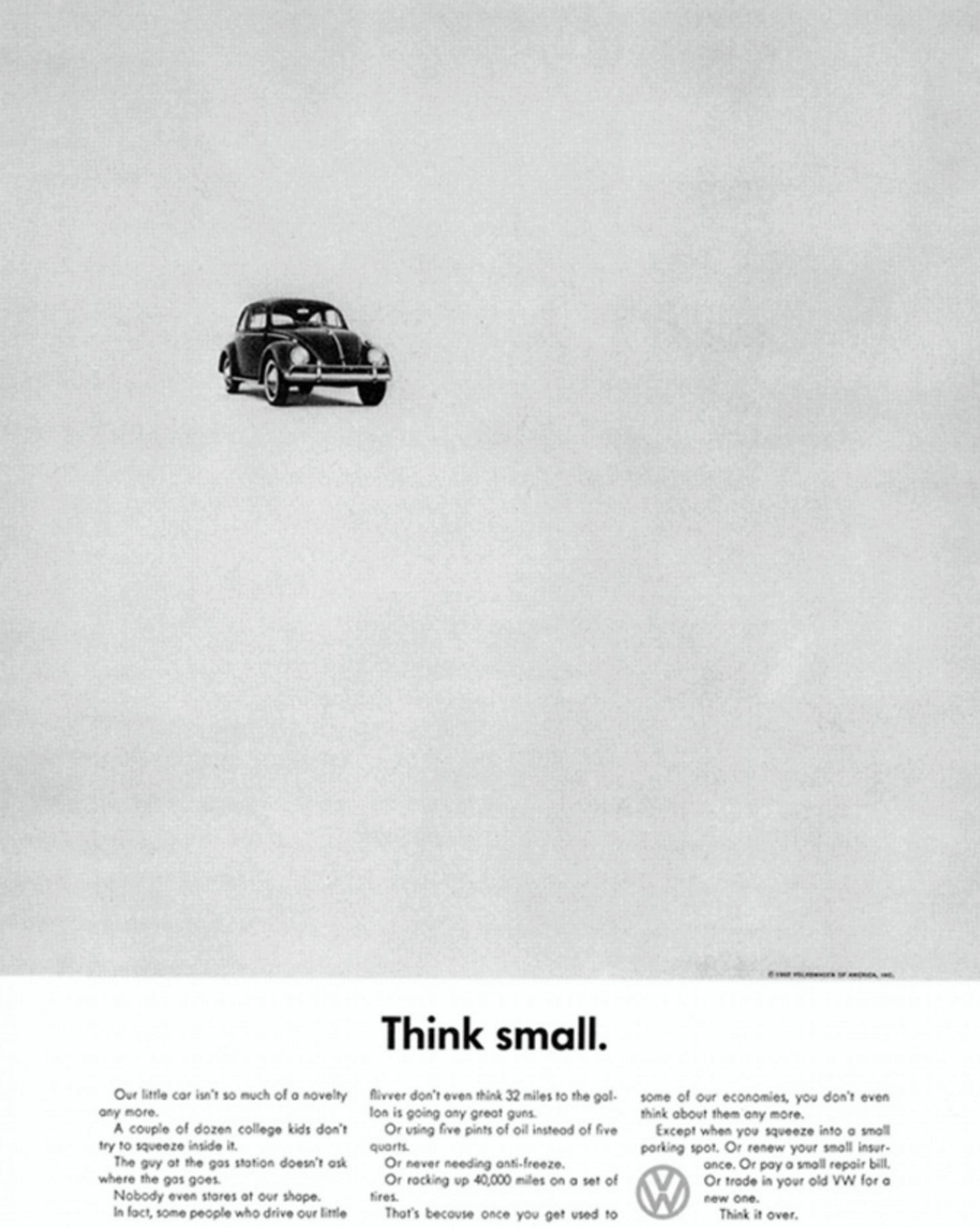
This campaign breaks all the rules. But it worked (and was Ad Age’s top campaign of the 20th century) because it followed the only real headline rule — it grabbed attention as a black-and-white ad with a weird headline in a color magazine.
Take the pressure off your headline!One of the reasons headline writing is so hard is that you feel like your headline needs to do everything, like:- Summarize the rest of the message
- Sell your product on its own
- Build your brand

“The easiest way to avoid starting from nothing is to write the most basic line ever written. “How to ____.” I almost always begin there. Then I write more bad lines. Terrible lines that get worse and worse. There’s zero judgment. I just write and write and write and 99% of it will stink.
But 1% won’t.
And that’s all you need.
One interesting idea will spark a line that gets you going. Then you create variations dialing into emotions, fears, joys, pains, wins, and future successes. You tinker with word order depending on the platform (frontload power words on social, end with them in print).
The key is NOT to try to write good lines. Give yourself permission to be bad. Then be worse. Once you drop the pressure, great ideas will fall out of your head.
…Or just flip the headline and subhead. It’s amazing how well that works.”
Headline myth 3: Headlines should be snappy slogans
“Three primary reasons for engaging in the act of branding are to stamp the brand's ownership, anchor desired associations to the brand's part of the memory network for category buyers, and act as a bridge between disparate marketing activities.” – Jenni Romaniuk, Building Distinctive Brand Assets
A lot of small business owners (and marketers) fall into the tagline trap. A slogan or tagline is a useful branding device — in the right context. But a slogan is not a good headline.Slogans are almost always short and snappy. For example:- “Just do it”
- “Think different”
- “I’m lovin’ it”
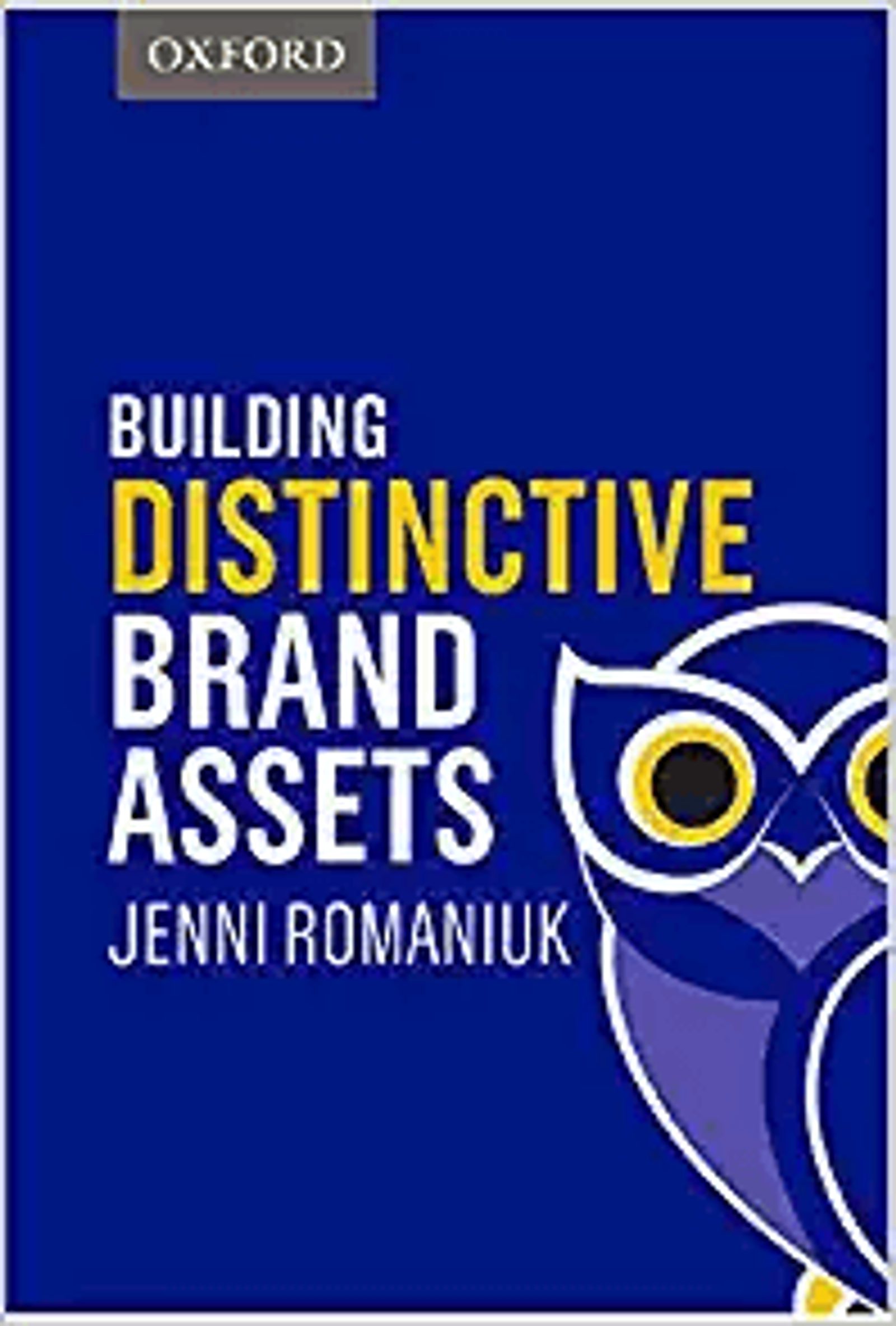
In “Building Distinctive Brand Assets,” marketing scientist Jenni Romaniuk explains the psychology and statistics behind distinctive assets as a branding tool (Source: Amazon)
Taglines are just one type of distinctive asset. The companies with the strongest brands use multiple types of distinctive assets — so that they can worm into people’s heads in different ways. McDonald’s, for example, has several:- The Golden Arches
- “I’m Lovin’ It”
- A unique jingle
- Ronald McDonald
- Taglines are most useful as “distinctive assets.” They’re useful for large companies who are trying to get consumers to remember them in complicated buying situations (like in a grocery store, where there are many options).
- Headlines draw attention to a message. They’re used as part of an attempt to directly sell a product or get a consumer to take a specific action.
- “The world needs wellness”
- “Unlock your zen, one massage at a time”
- “I’m a Chicago massage therapist who helps women over 40 feel better than they have in months”

“The mistake I see most often when it comes to writing headlines (for newbies and seasoned veterans tbh) is confusing clear and clever. Great copy should be invisible, meaning it should not call attention to itself. It should not be clever, it should be clear.
When you read a GREAT headline you should not think, "Wow! That was a great headline!" You should think, "OMG I WANT TO BUY THIS LIPSTICK SO BAD."
Trying to make your headlines clever or funny takes away from the message. Clear beats clever every day of the week. You can use humor or puns strategically if they help you convey your message; but if you're trying to be funny or interesting or "a good writer," you're missing the goal of a headline. The goal of a headline is to make the prospect stop in her tracks and go, "omg tell me more." Which you can do if you make your headlines invisible.
Clear ???? beats ???? clever.”
A great headline makes a great promise. A great promise targets a pain point and is easy to believe.
- Target a pain point (according to “stages of awareness”) in your audience’s exact words
- Amp up the specificity of your headline while tapping into core, nearly universal beliefs
Voice-of-customer research and stages of awareness let you target pain points (so you never have to start with a blank page)
“There is your audience. There is the language. There are the words that they use.” – Eugene Schwartz
How do you know which pain points to target in your headline? Let your customers tell you, then match different pain points to different customers.The best-kept copywriting secret is that copywriters don’t write. As Eugene Schwartz said, “Copy is not written. Copy is assembled” — from things that actual customers have said about their own pain points.Joanna Wiebe, the founder of modern conversion copywriting, uses voice-of-customer research to “write” attention-grabbing headlines. In one example of her work, the new headline...- Generated a 400% increase in button clicks for Beachway, a rehab and addiction therapy center
- Crushed the control, “Your Addiction Ends Here,” so incredibly that it led to a 20% increase in form submits — even though the form was on an entirely separate page
- Came from an Amazon book review about addiction
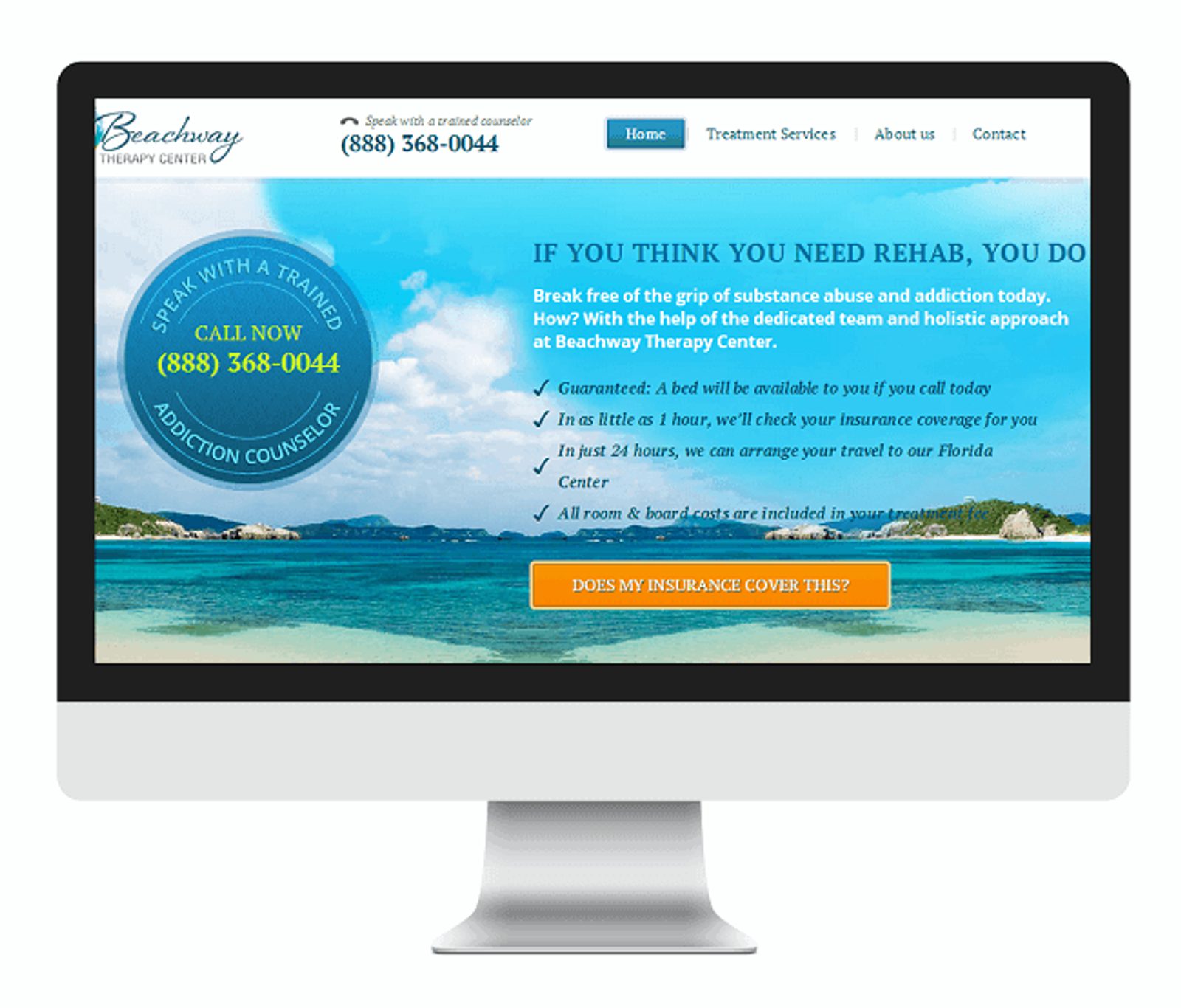
The headline “If you think you need rehab, you do” increased clicks by 400%. It came directly from the target audience (Source: Copyhackers)
You’ll find that the best headlines don’t come from your brain. They come from your audience’s mouths. You can use headline-writing techniques to amp up a phrase, but the pain points themselves are always easier to target if you start with audience language.Expert Insight: Josh Garofalo, SaaS Consultant & Copywriter at Sway Copy
“You can use VOC research to inspire a headline, write parts of it, or write the entire thing for you.
By interviewing and surveying customers, coding their responses for analysis, and then pulling out the trends — you can find a headline your customers would have written together. For example, when completing this process for Practice Ignition, the core differentiator that bubbled to the top was the ability to go from proposal to paid in one place. So this became the headline and we expanded on this in the sub-headline and subsequent sections.
Other times, your customers write parts of your headline for you. When working with Tom's Planner, customers used the word "chaos" to explain project planning in spreadsheets, and "fancy" and "overkill" when explaining expensive alternatives. So we stole these words and settled on the sub-headline, "When project planning in spreadsheets is chaos, and when fancy project management software is overkill — try Tom's Planner."
The copy I wrote for Blair Enns of Win Without Pitching fame went even further — I "stole" a quote from Spike Jones, a notable author in his niche. The quote: "Every industry needs a disruptor. Blair Enns is ours." Blair is known for his contrarian advice, making this headline better than anything I would have written during a 3-week quarantine with a fine bottle of scotch at my disposal.”
Here are a few resources on how to do voice-of-customer research that basically writes your headlines for you:- The Secret to Writing Great Marketing Copy is Market Research
- What Market Research Questions Should You Ask Your Audience?
- How to Do Market Research for Small Business
- Most Aware. These people already know just about everything they need to know about your product. Just show them a great offer.
- Product Aware. These people know about your product, but might still have questions about the details. At this stage, show specific benefits of your product and educate on important features.
- Solution Aware. These people know of products like yours, but have never heard of you specifically. Highlight the benefits that make your product different from the competition.
- Pain Aware. These people do not know of your type of product, but do know that they have a problem. Start by highlighting their problem, then move to showing how your type of product solves it.
- Unaware. These people don’t know they have a problem, which makes them hard to sell to. If you have to sell to them, try to highlight what people similar to them are doing.
- Pain Aware: “Keep track of leads in a CRM, not in your head.”
- Solution Aware: “How can sales automation help you sell more in less time?”

“Imagine you see this headline: "Scoobadoobles! Now $5,000 off!"
What's your immediate reaction? Probably confusion: you've never heard of a Scoobadooble before in your life. And while $5,000 off sounds like it *might* be a good deal, you can't possibly care about the offer because you're not READY to: you're not aware enough.
That's the critical role of awareness level in headlines: if you overshoot how aware your audience is (as I did above, presenting a headline only "most aware" prospects could care about), you risk losing them entirely because they're not equipped to care about the offer you're making. Likewise, if you appeal exclusively to a lower level of awareness ("Here's what you need to know about Scoobadoobles"), you may lose those who already understand the offer and just want a deal.
This is why it's critical to not only understand your audience's awareness level at the point of entry, but also use descriptive, compelling crossheads to help those scanning for relevant information know where to dig in.”
If you have your voice-of-customer research, you know what people care about. Then all you need to do is map your research to stages of awareness, and you have the beginning of a great headline.Headlines that come from voice-of-customer research usually feel simple — but that doesn’t mean they aren’t effective.
This headline for a book about English is simple, but it targets a powerful pain point. The specific examples in the image make the promise more believable. (Source: McCarthy and King)
You can make all the promises you want, but people need to believe your headline’s promise
What’s wrong with these 3 headlines?- I'll Make You A Mental Wizard In One Evening!
- An Automatic Income for Life of $20,000… $50,000… $100,000 a Year… Without Working… from a Business That Runs Itself!
- Free Book By 57 Year Old Swim-Suit Model Reveals A Top-Secret Way To Lose Weight… Extremely Fast!
- Here are the exact words to use in your next salary negotiation
- Have you ever wondered what you would look like with a “million-dollar smile?”
- One morning I stepped on the scale and wondered: What happened?
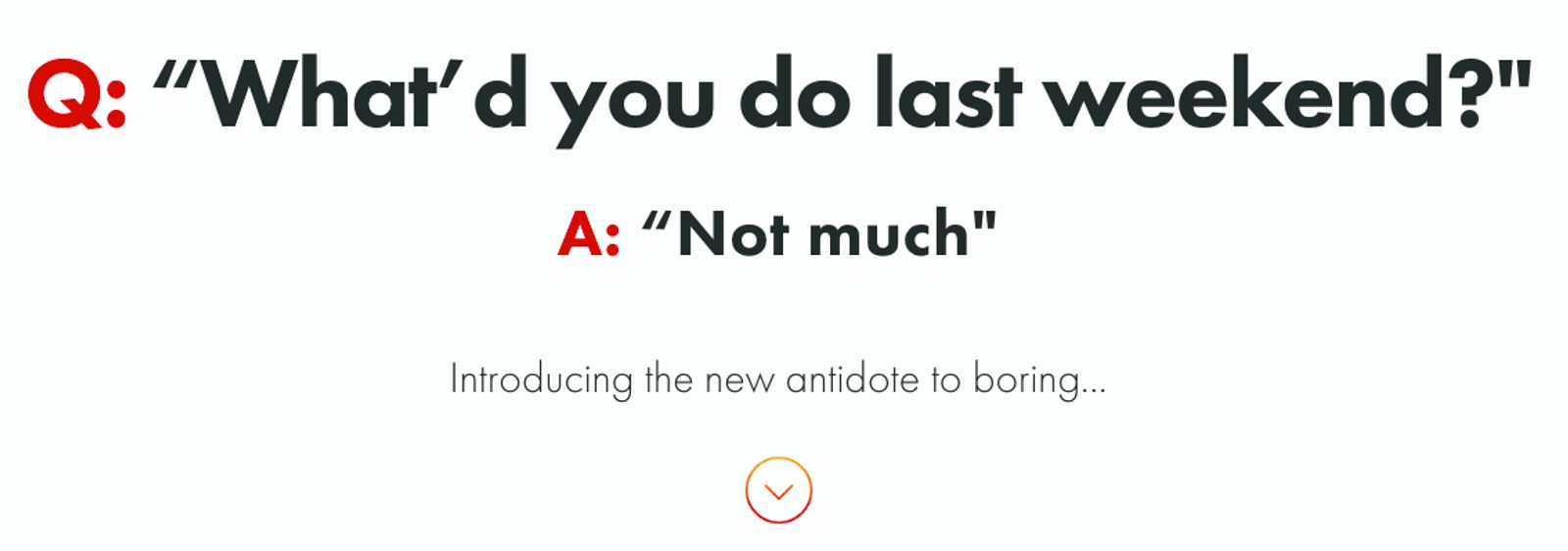
The headline is straightforward, but it targets an extremely relatable (and therefore believable) pain point. (Source: IWT)
Most importantly, they make (or imply) promises that sound possible. Getting rich without working sounds unbelievable — but it’s perfectly plausible that someone could give you “the exact words” to use in a salary negotiation.Here are 3 ways to make your headlines more believable:- Make a “medium-size” promise. Your promise should be something that the reader hasn’t been able to figure out on their own — but that’s still small enough to feel possible. (Note: If your product is good enough, this can mean underpromising).
- Use details. Numbers, quotes, stories, and imagery can help the reader picture themselves in a scenario — which adds credibility.
- Tap into existing beliefs. There are beliefs that are almost universal (e.g. “there are no shortcuts” or “this doesn’t apply to me”). If you tap into one of these beliefs, you say something that the reader already thinks is true.
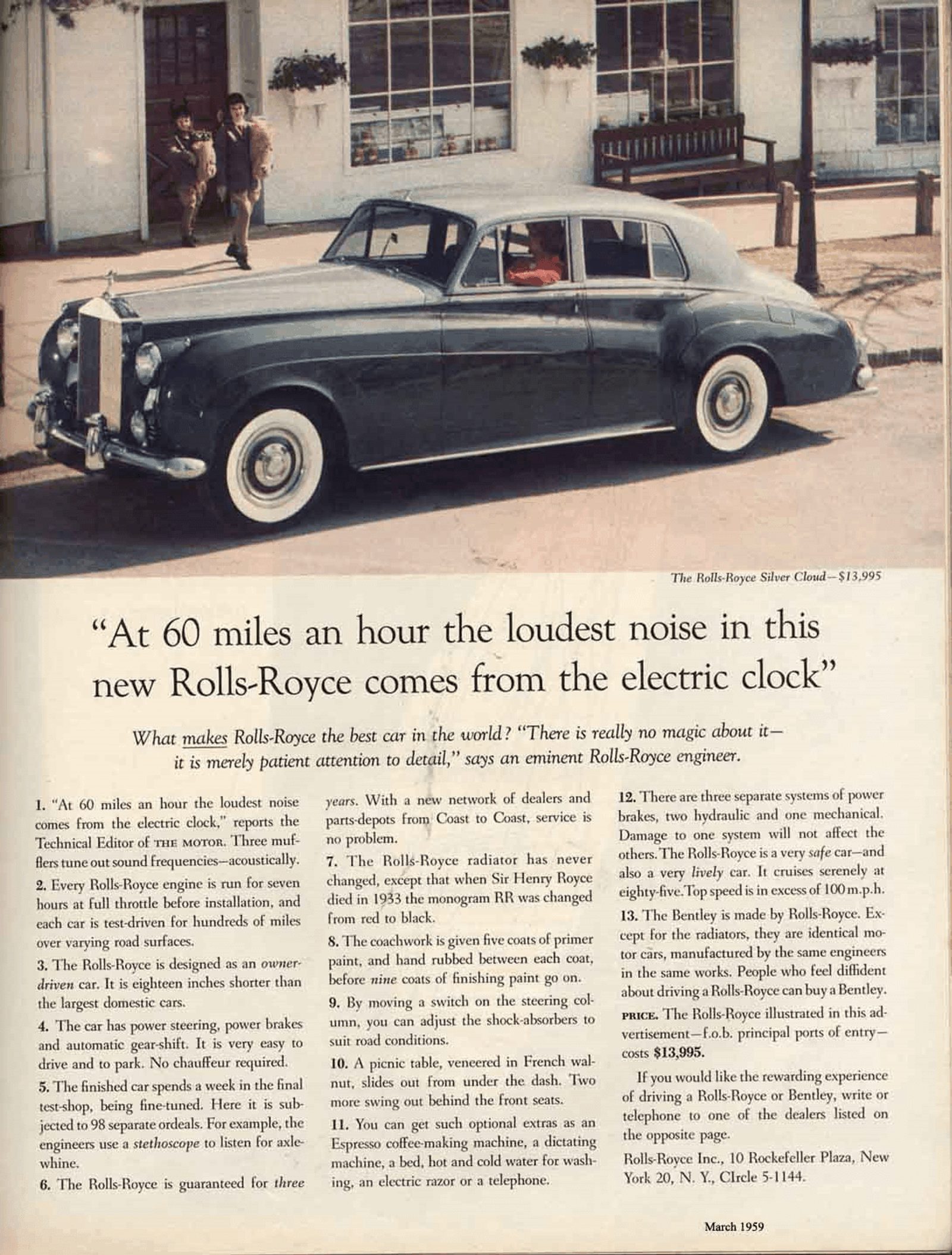
The details in this headline (and body copy) communicate that the Rolls Royce is a luxury car (Source: Swiped)
Ogilvy could have written “This is a very nice car.” But he didn’t — because even though that headline is highlighting the same benefit, there’s no reason for the reader to believe it.Instead, Ogilvy wrote, “At 60 miles an hour the loudest noise in this new Rolls-Royce comes from the electric clock,” a line he grabbed from technical documentation of the product. The specificity plants the idea of luxury in the reader’s head, and Ogilvy never has to make the claim at all.In a modern example, RxBar could have written packaging copy making health claims: “Finally, a protein bar that isn’t packed with junk.” Instead, they used their ingredients list.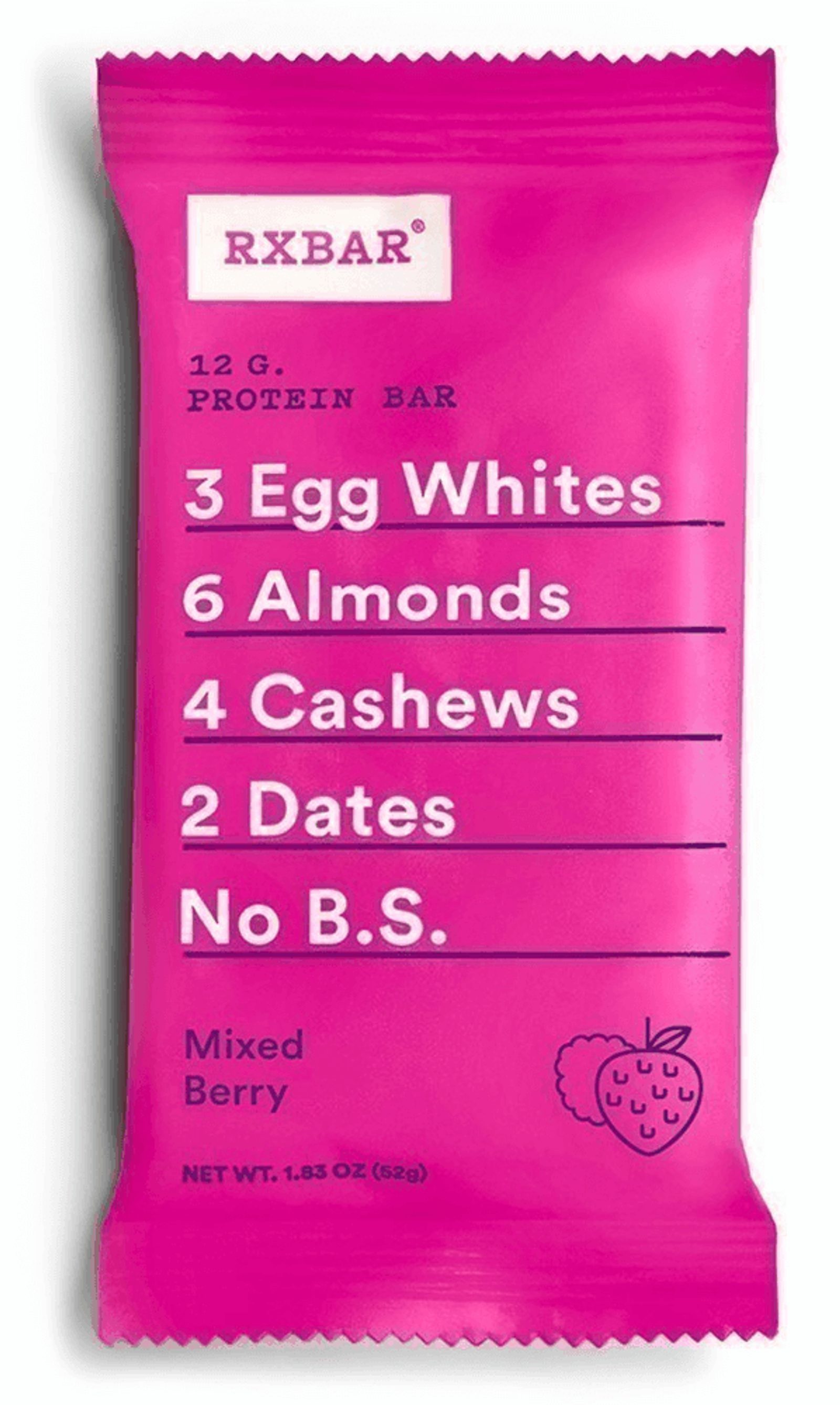
RxBar communicates benefits by getting specific. (Source: RxBar)
When you sit down to write a headline, you can make it more specific in 2 steps:- Choose the benefit you want to highlight
- Find a way to describe that benefit using the features of your product (numbers preferred)
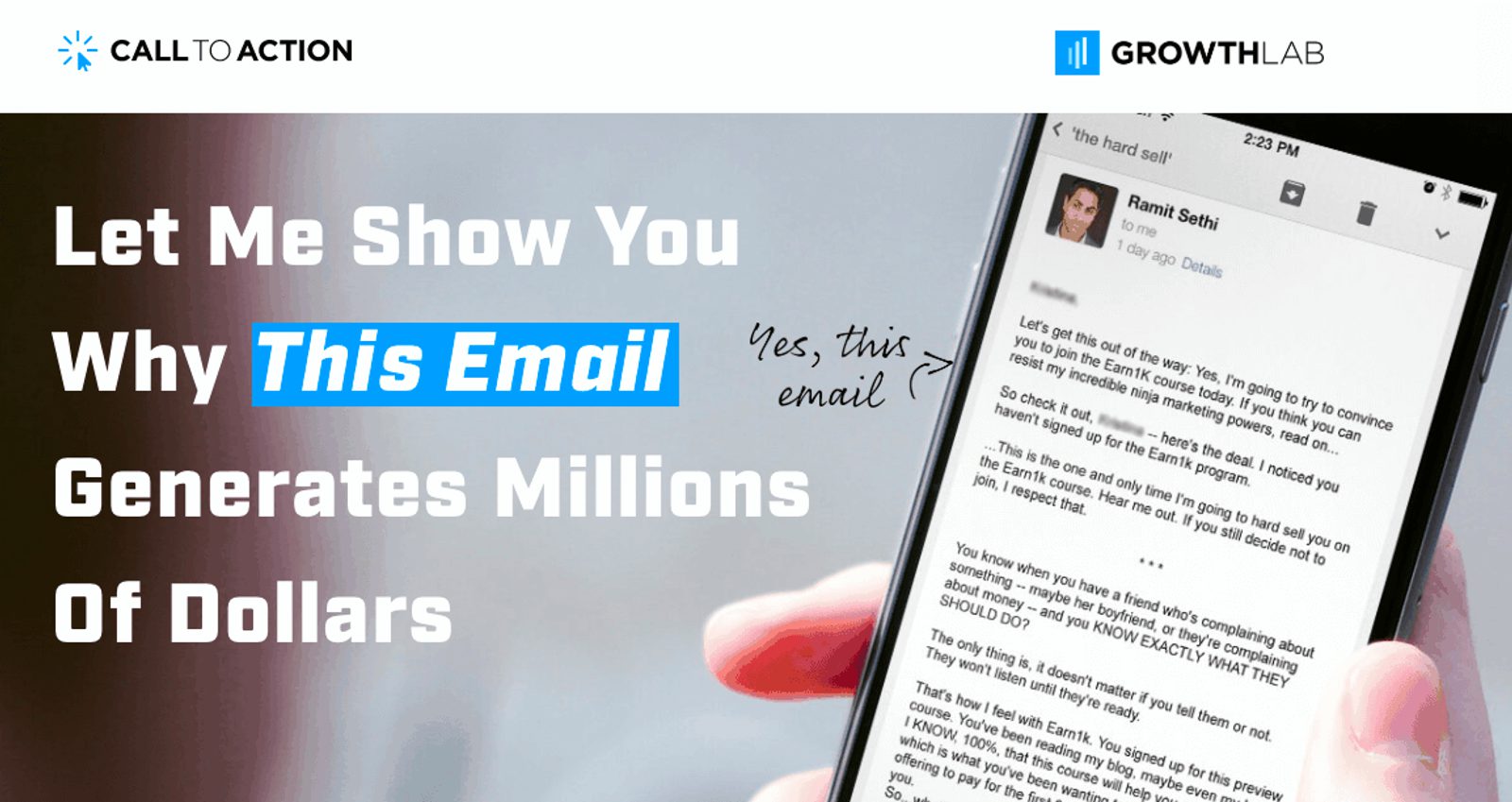
Adding the “yes, this email,” makes an extraordinary claim more believable — and implies that the reader is going to get to see a more detailed breakdown of why the email works. (Source: IWT)
“Let Me Show You Why This Email Generates Millions of Dollars” is an extraordinary claim. On its own, it might be too big — so Ramit uses an actual screenshot of the email in question to prove to the reader that the headline isn’t hyperbole.Finally, your headlines become more believable if you can tap into beliefs that your audience already has. Voice-of-customer research can reveal beliefs related to your product, but there are also more general beliefs that copywriters tap into.Here’s a list of common beliefs, courtesy of copywriter Joanna Wiebe:- The world is against me
- It’s us against them
- It’s not my fault
- There must be someone to blame
- They’re lying to us
- It’s too late
- I’m not in control
- I’m not worthy
- Others know a secret that I don’t know
- If I could just get [X], life would get better
- If only they knew
- There must be an easier way
- Life is dangerous
- The threat is real
- Difference is dangerous
- A fool and his money are soon parted
- Others have had all the breaks
- I don’t deserve X
- There’s only so much X to go around
- I’ll never be good enough
- I’m a fraud
- It’s only a matter of time until
- I need permission
- There’s always tomorrow
- I’m the exception
- More is better
- Influence by Robert Cialdini
- Thinking Fast and Slow by Daniel Kahneman
- Made to Stick by Chip Heath and Dan Heath
Conclusion: How to get better at writing headlines
- Write a ton of headlines. The best headlines don’t come out until you’ve written at least 20 bad ones.
- Start from templates. Copywriters of yesteryear have written headlines too. Start from their templates before branching out, to cut back on writer’s block.
- Know the product inside and out. The better you know the product, the easier it is to come up with ideas. This includes product features, differentiators, ingredients, and what customers think.

